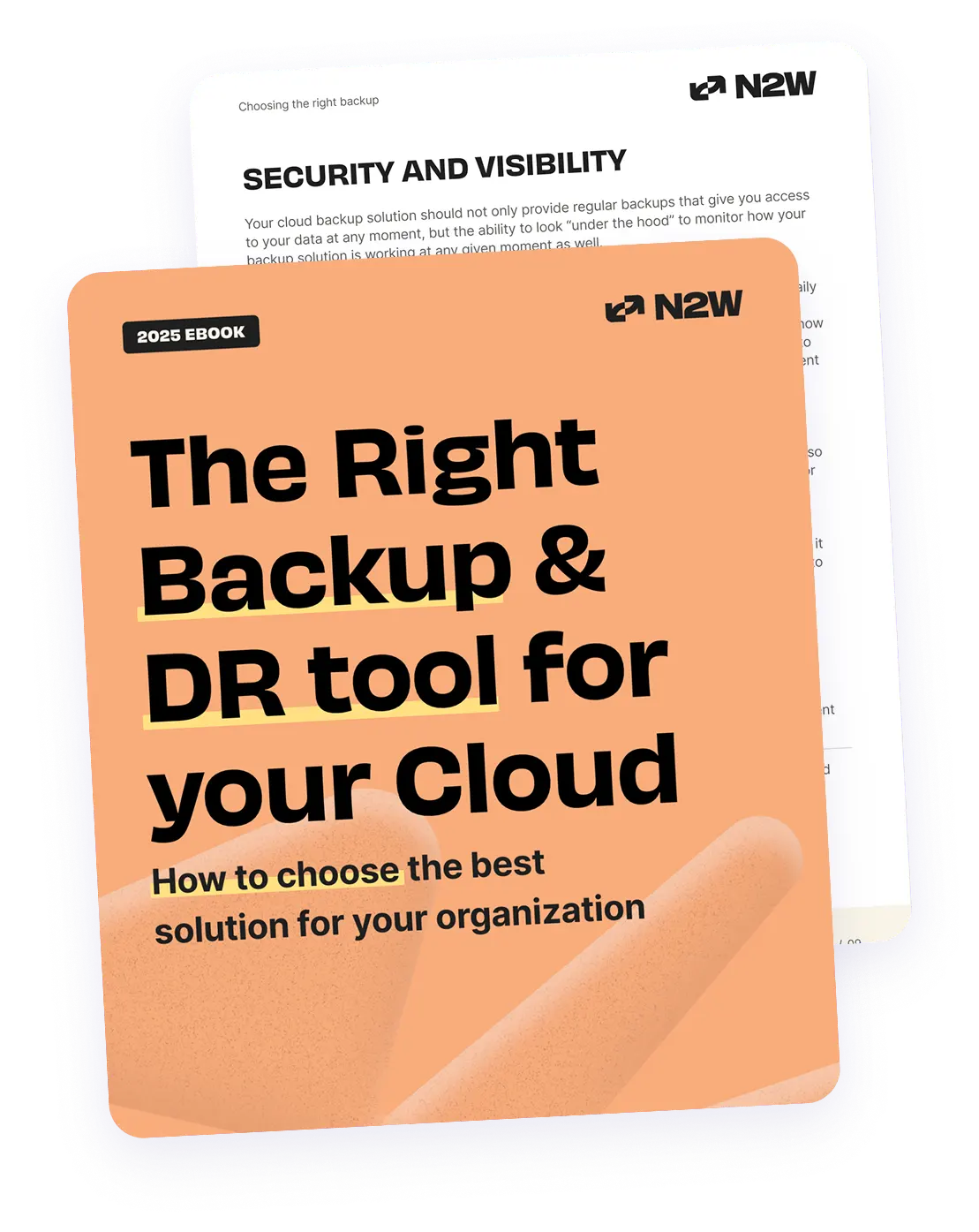As technologies and organizational requirements continue to evolve, enterprises today are looking to fundamentally change their backup and recovery strategies. With media volumes and data expanding rapidly, traditional approaches such as tape backup simply cannot keep up with today’s fast pace of information growth. Companies are looking for new and faster ways to protect their applications and backup, and secure their data. The public cloud has brought a new element to backup and disaster recovery, by providing fast recovery, cost efficiencies and a dependable way to ensure business continuity.
According to recent Gartner research, by 2019, 30% of midsize organizations will leverage their public cloud IaaS for backup – up from just 5% today. This same Gartner research also concluded that by 2020, 30% of organizations will leverage backup for more than just operational recovery; for example, for DR, testing/development, DevOps and so on. This is up from less than 10% at the beginning of 2016. The same benefits that the public cloud provides – security, automation and efficiency – can of course be found when protecting native cloud-based applications as well. The analysts’ view of the public cloud and backup-related trends demonstrates that an opportunity is at hand.
The Need for Automation
Moving applications from on-premises to the public cloud has given enterprises the ability to deploy and run service stacks in a matter of minutes. The notion of Infrastructure as Code (IAC) allows modern IT organizations to deploy complete resource stacks and complex network topologies, using CLIs and scripts that leverage AWS infrastructure building blocks. And with IAC, operations teams can automatically (rather than manually) manage and provision through code. Automation of backup policies can be used with out-of-the-box/blocks such as AWS EBS snapshots and AMIs, which don’t require any implementation efforts on the infrastructure level. This provides a fast and easy way to implement a well-structured backup policy – one that also provides increased flexibility going forward.
A recent analysis by Forrester confirms the need for this level of automation. However, according to the Forrester report, 34% of enterprises are still struggling with automating their backups and recovery. Organizations are facing a growing need to use automation to improve productivity and minimize failures, monitor the status of backups and ensure overall backup reliability. An endless amount of scripts is leading organizations to fail in creating robust, automated backup plans and DR mechanisms. Using ad-hoc scripts is difficult to do effectively as well, especially when you need to back up large and complex environments with multiple internal dependencies.
Features and best practices will be time-consuming to create and maintain, especially since building consistent backup and making sure your DR site is ready for any event are not your core capabilities. The Forrester research goes on to conclude that cloud-based backup and DR gives enterprises the ability to lower costs, automate and simplify the DR process, support more applications and improve SLAs. This was confirmed by the fact that 94% of surveyed database and operations professionals using the public cloud as their DR platform agreed that the cloud has improved their SLA attainment.
Summary
Though public cloud vendors must take part in protecting their infrastructure, the AWS shared responsibility model makes users accountable for their applications’ security and availability. Under this model, AWS manages cloud security by providing features and services that AWS customers can use to secure their assets. AWS customers – for their part – are responsible for what security they choose to protect the availability and integrity of their cloud data, and for meeting specific requirements for protecting that data.
Over the past few years, cloud-based backup and AWS disaster recovery has become the primary focus for enterprises’ access of critical systems in a timely fashion. Cloud-based recovery solutions have succeeded where traditional strategies have failed. Automating backup and DR has become essential as well, as it’s reduced the risk of human error that commonly occurs with manual backup and disaster recovery.
Solutions like N2WS Backup & Recovery can help resolve the limitations and challenges associated with relying on manual backup and DR. N2WS automates backup and recovery via a Windows agent that consistently backs up Windows applications. The agent allows users to manage multiple AWS accounts, and configure policies and schedules to take automated EBS snapshots. N2WS provides enterprises with flexible backup policies and scheduling, rapid recovery of instances, and a simple, intuitive and user-friendly web interface to easily manage backup operations. With N2WS, you can recover volume from a snapshot, increase its size and switch it with an existing attached volume in a single step.
